It’s not just the experimental cars constantly circulating Horiba Mira’s super-secret 60 miles of test track on their 850-acre site near Nuneaton, Warwickshire, that demonstrate a frequent facility for rapid acceleration.
The Horiba Mira business itself — already unique for the way it combines a very large, overarching engineering consultancy with an elite community of 40 independent technical centres — is also beginning a new acceleration phase.
Work will soon begin to develop several new sites outside Mira’s existing boundaries, either side of nearby A5 trunk road, designed to encourage several powerful but yet-unnamed mobility businesses to open large automotive technical centres on the site, each housing up to 300 engineers. These operations — likely to carry well-known names — are far bigger than anything the site currently contains.
Other important aspirations include establishing several compact manufacturing operations on the Mira estate (which has so far restricted itself to R&D) along with an industrial park for component suppliers. A “medium-sized” gigafactory could even be a possibility — no specifics yet — and in the meantime work is under way on a solar farm that frok next year will power an electrolyzer to produce green hydrogen, already much in demand from, Mira’s forward-looking tech businesses.
As Horiba Mira’s dynamic CEO of the past 13 years Dr George Gillespie explains, the expansion will be very much in character with the aims of the site’s original occupant, the Motor Industry Research Association that was established here in 1946 (on the site of the former RAF Lindley) to help UK car firms compete for all-important postwar export markets by pooling research to cut costs. The business was gradually commercialised from the 1970s, and bought holus-bolus by the Japanese tech firm Horiba in 2015.



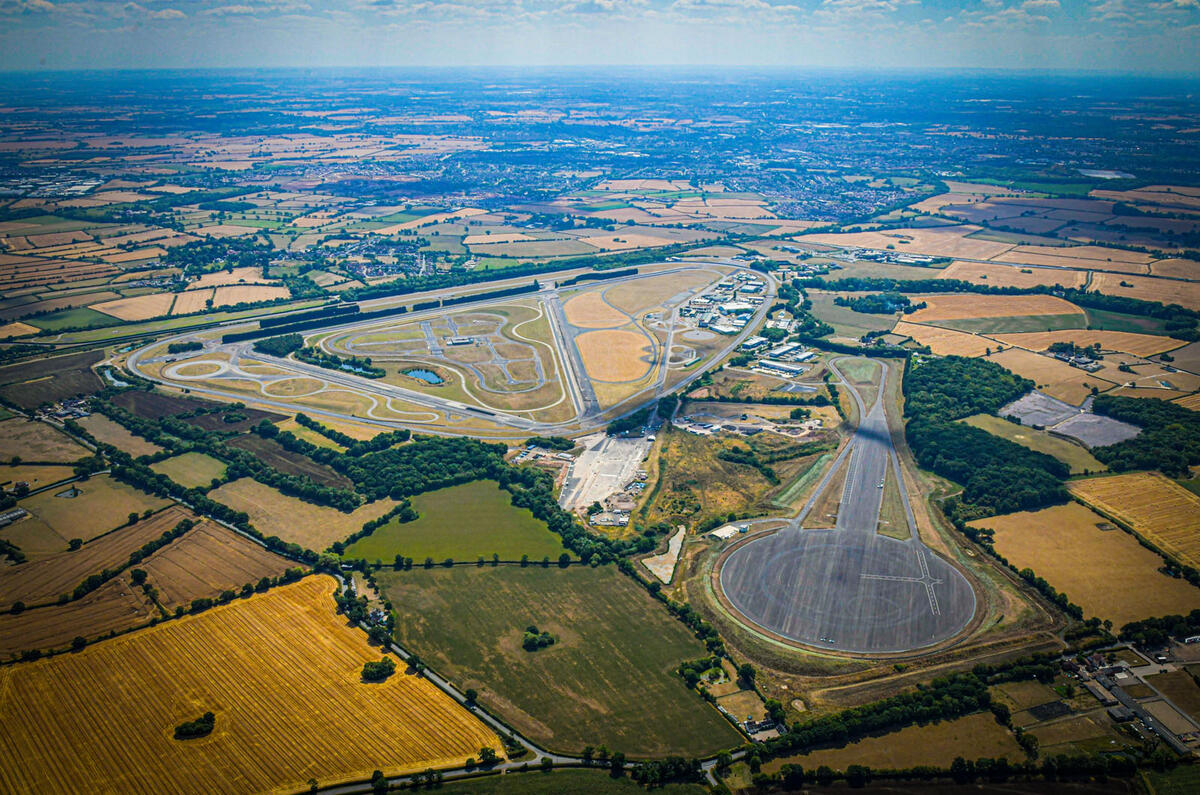
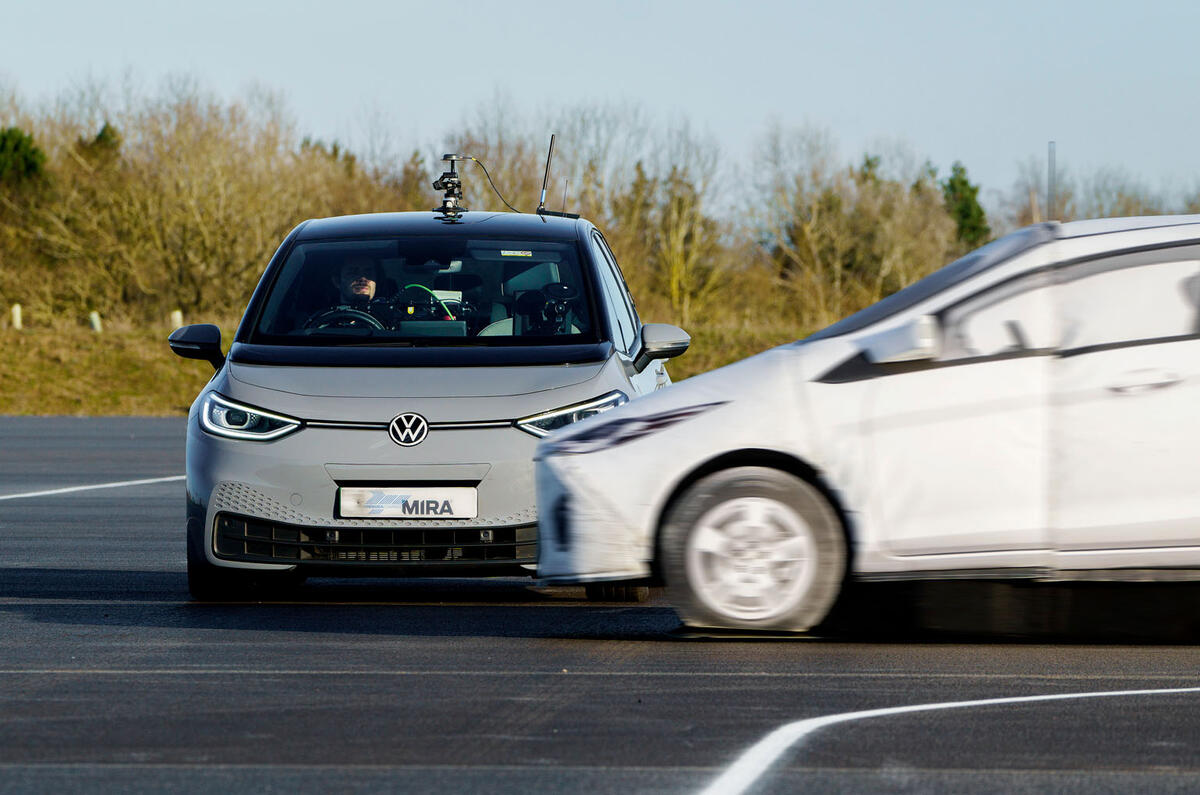
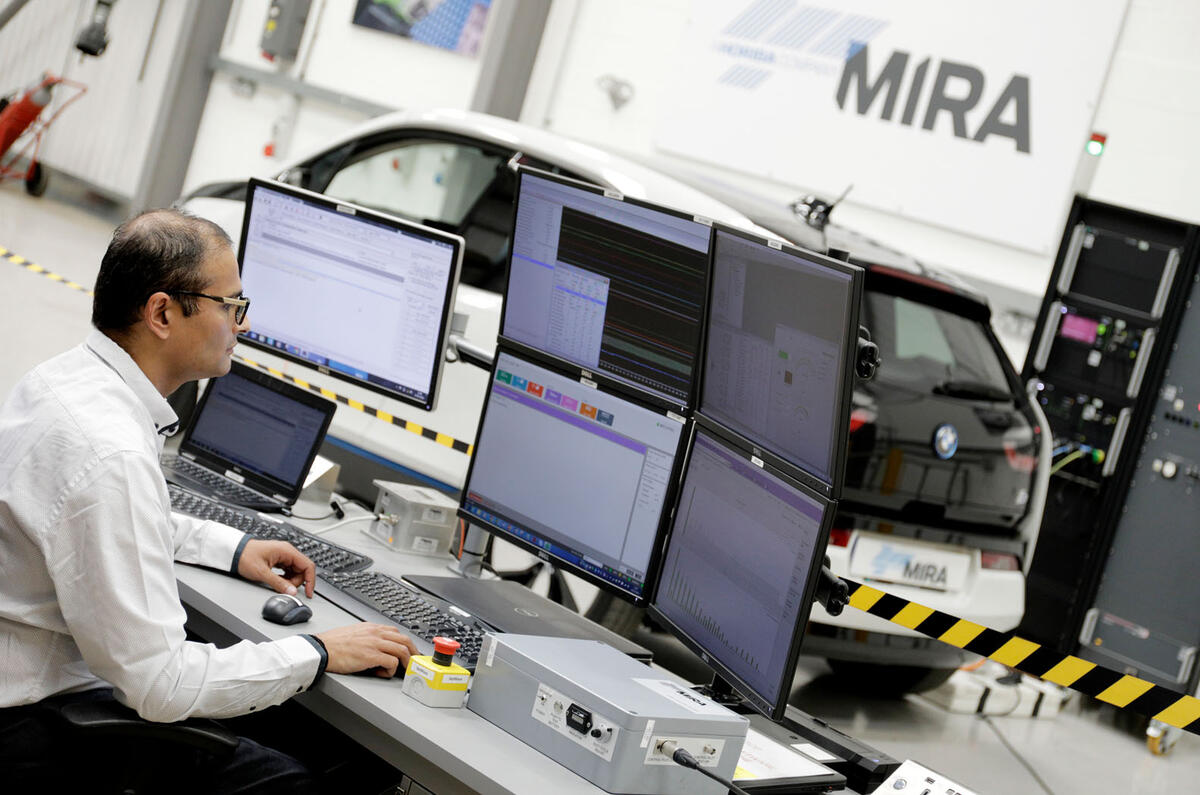
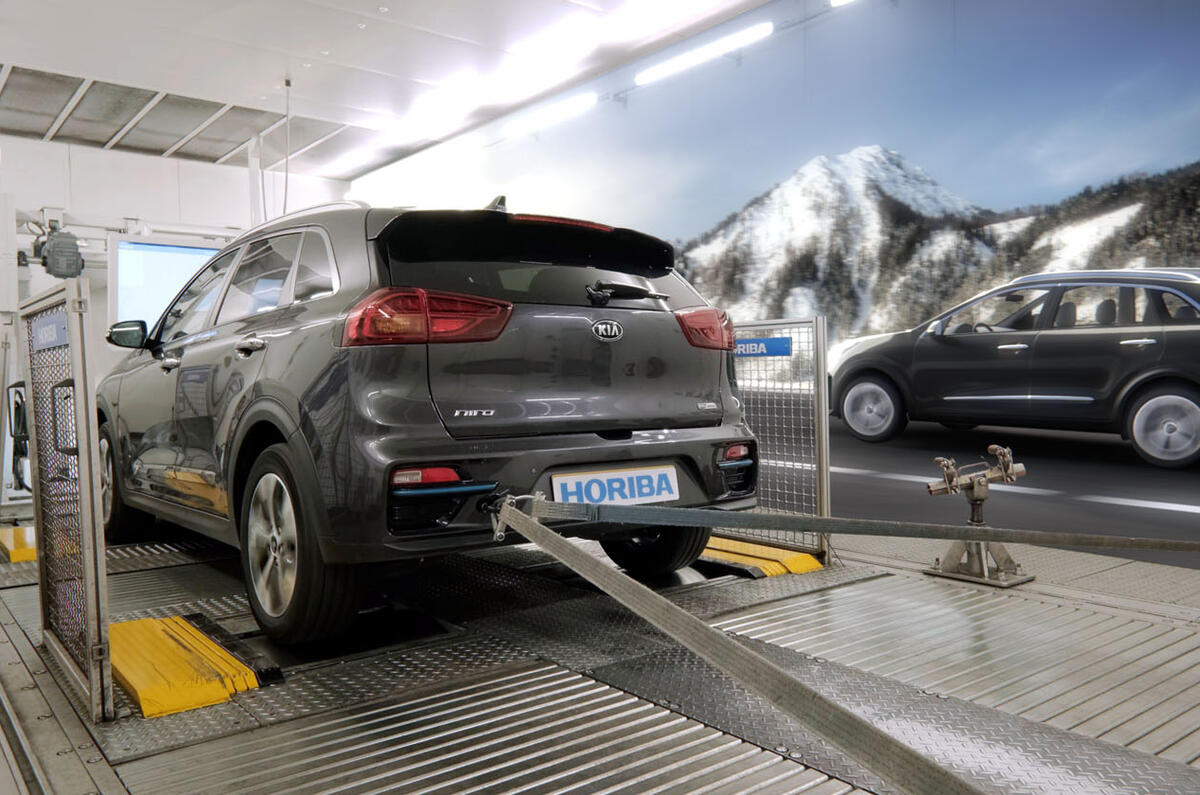
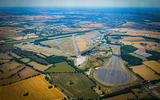
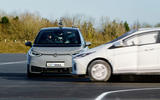
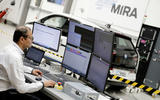
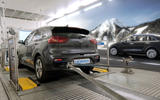








Add your comment